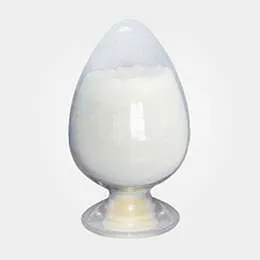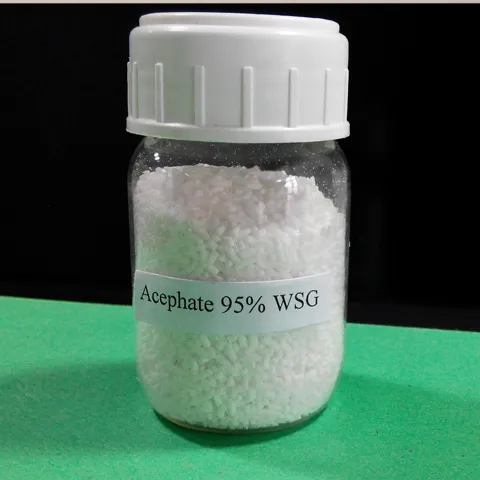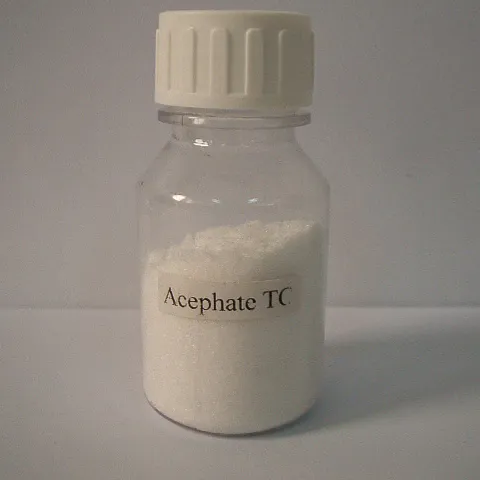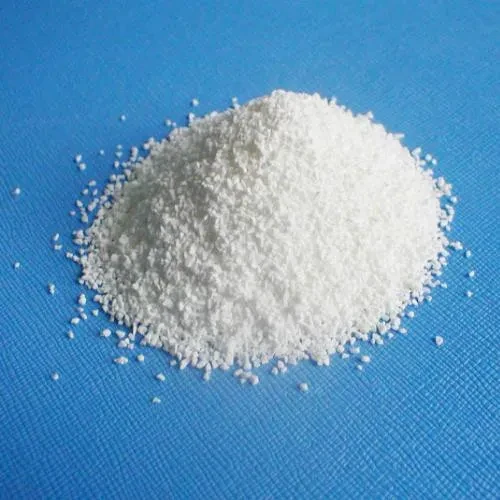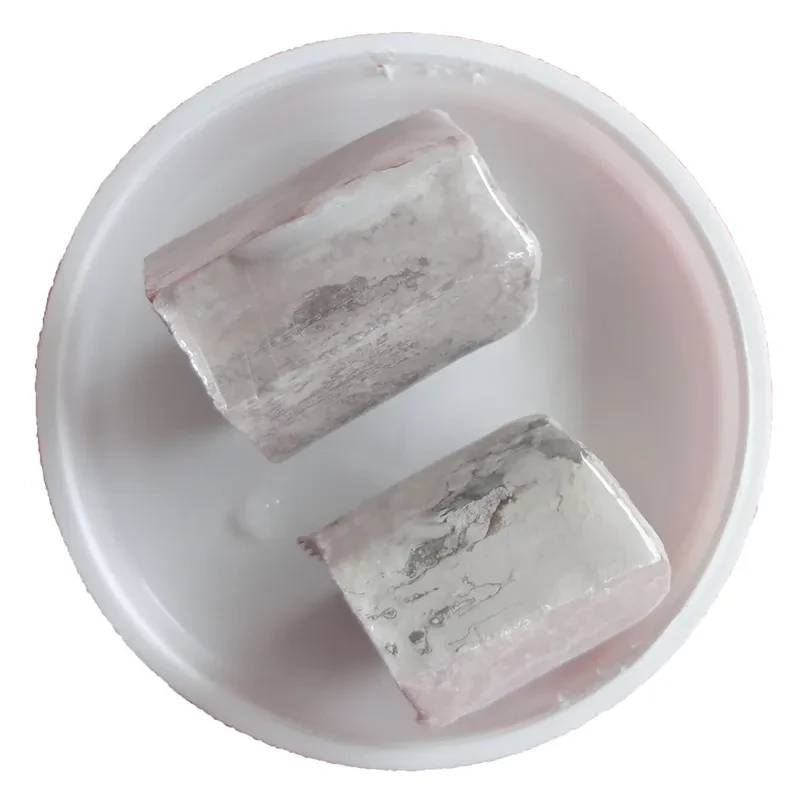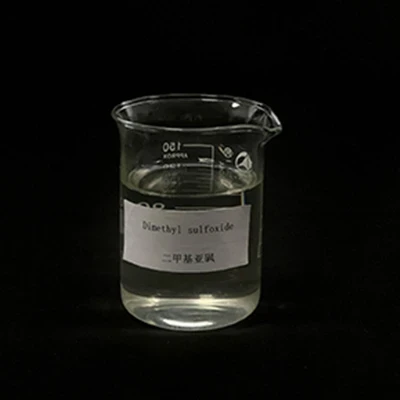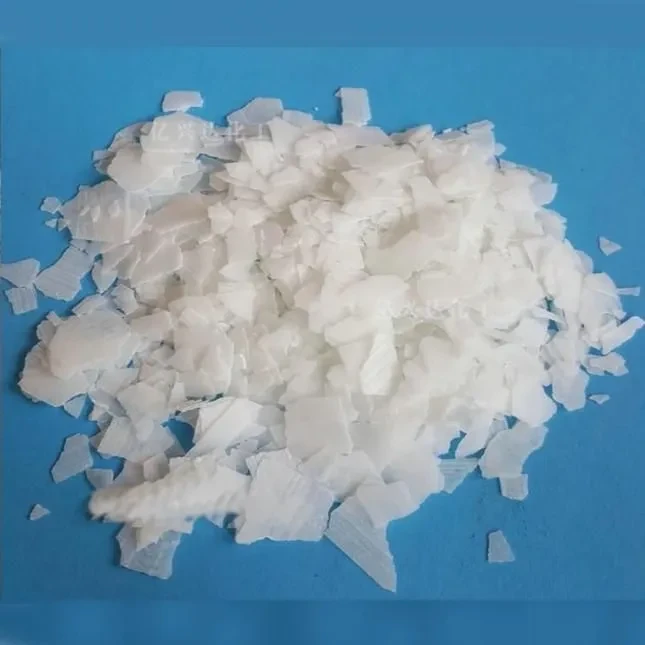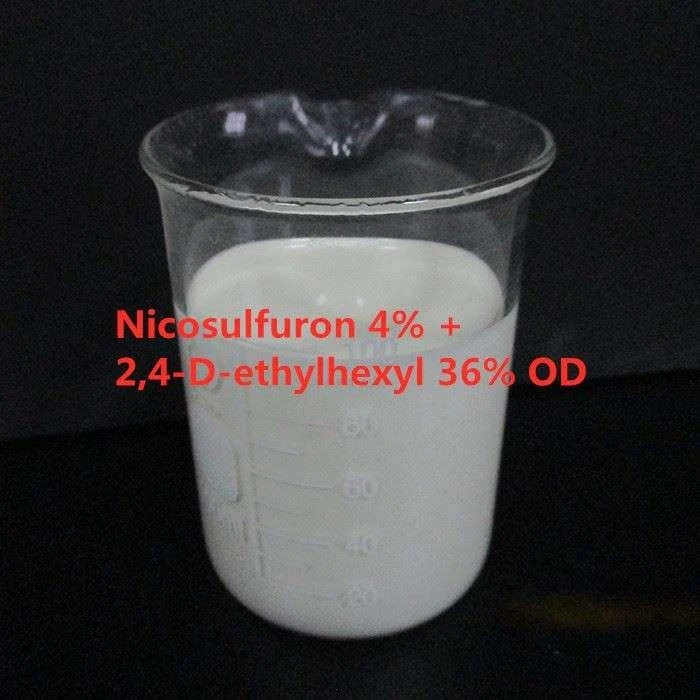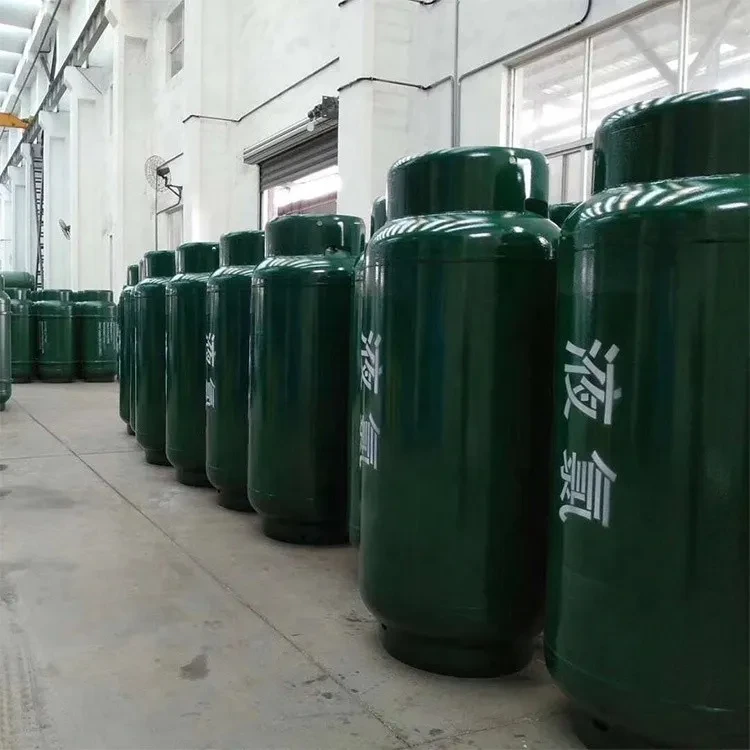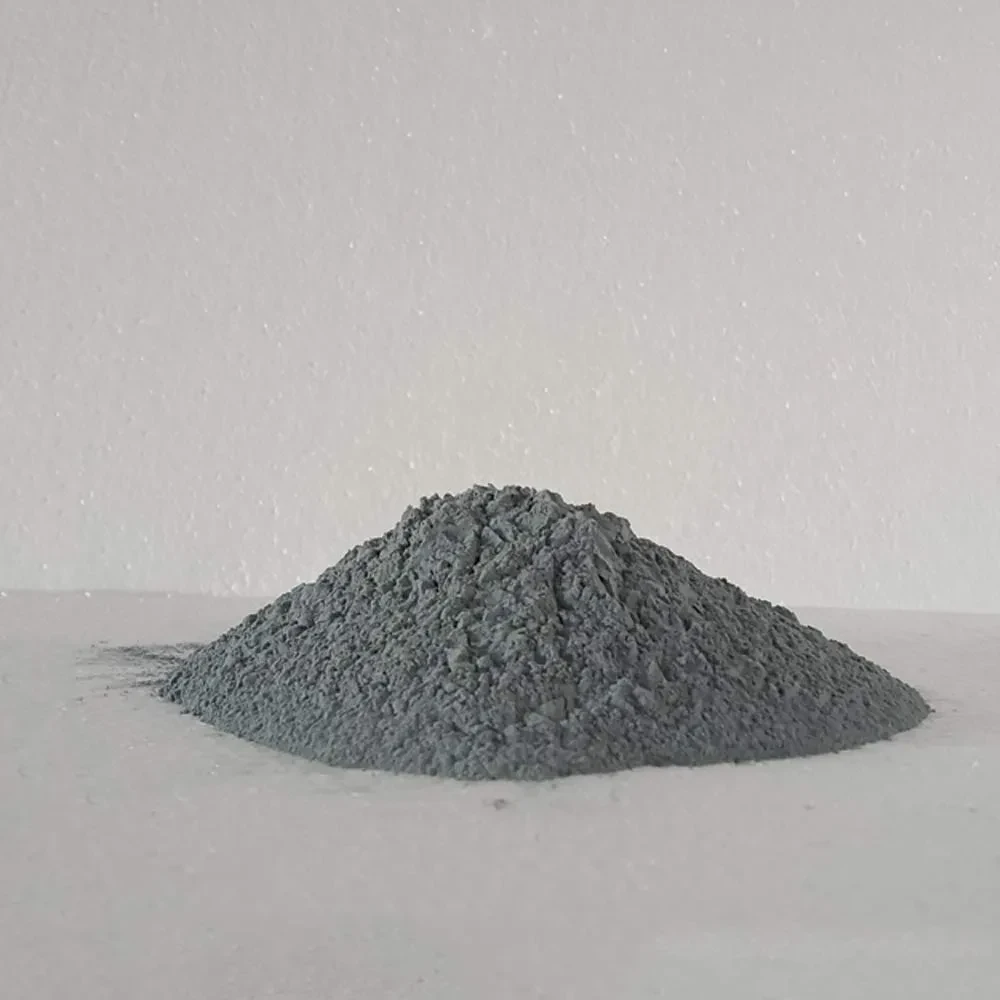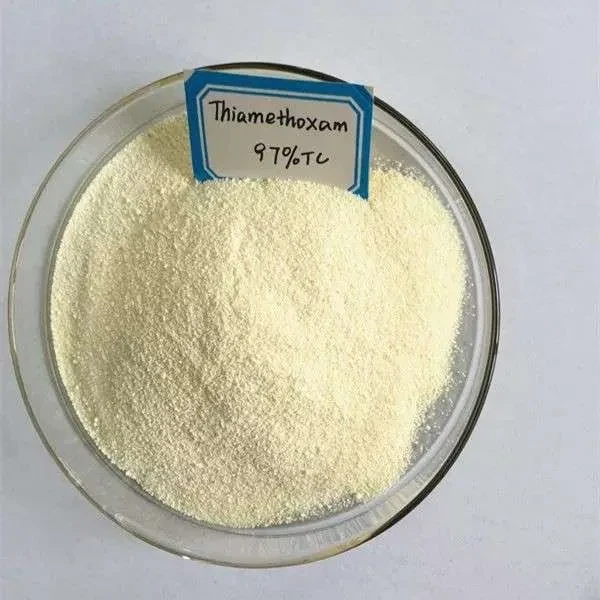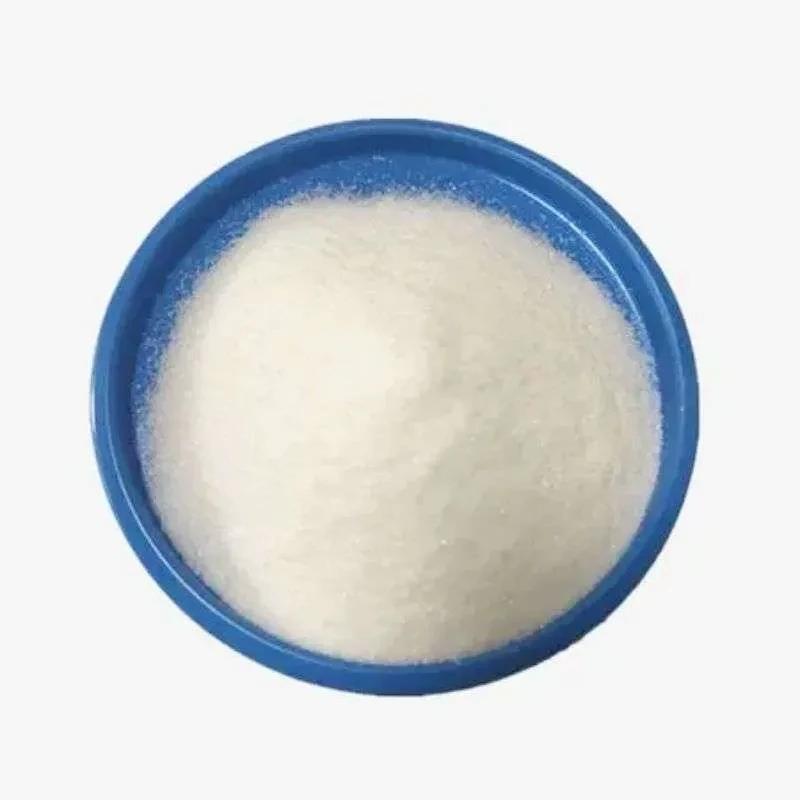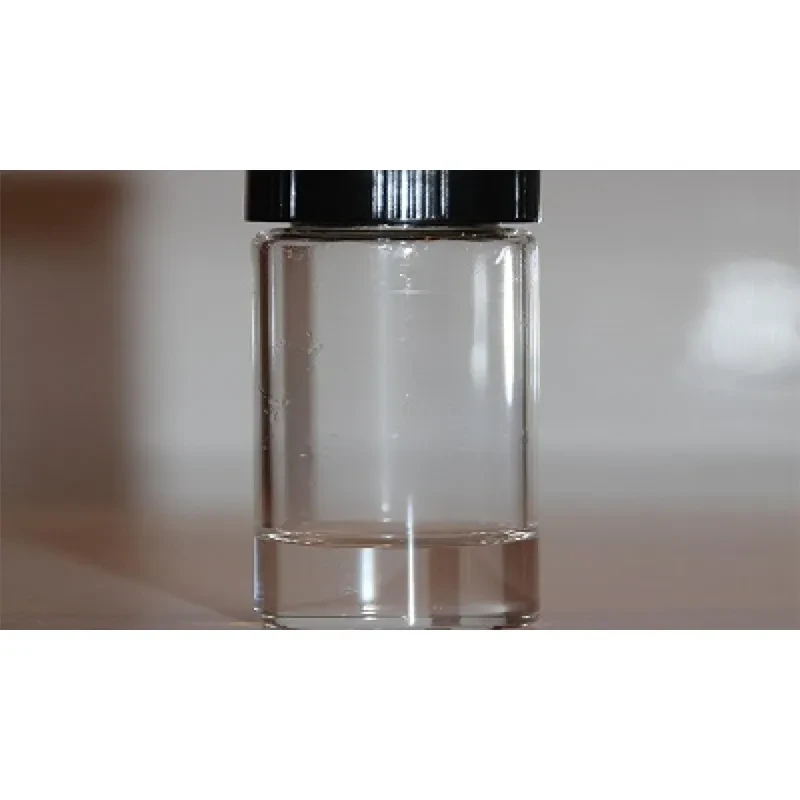|
Melting point |
93°C |
|
Density |
1.35 |
|
vapor pressure |
2.26 x 10-4 Pa (24 °C) |
|
Flash point |
2 °C |
|
storage temp. |
APPROX 4°C |
|
solubility |
Chloroform: Soluble; DMSO: Soluble; Water: Soluble |
|
pka |
11.00±0.46(Predicted) |
|
form |
solid |
|
color |
White to yellow |
|
Water Solubility |
readily soluble |
|
Symbol(GHS) |
|
|
Signal word |
Warning |
|
Hazard statements |
H302+H312 |
|
Hazard Codes |
Xn,F |
|
RIDADR |
UN1648 3/PG 2 |
|
HS Code |
29299040 |
Acephate (also known as Orthene) is a kind of organophosphate foliar insecticide which can be used for the treatment of leaf miners, caterpillars, sawflies and thrips in crops and aphides in vegetables and horticulture. It is one of the 10 most important organophosphate insecticides in the 1990s, and is still being widely used today. It takes effect through inhibiting the activity of acetylcholinesterase (Ache) after being metabolically converted to methamidophos. Since it can’t be converted to methamidophos, it is thought to cause no effect on animals and human beings.
Contact and systemic insecticide for control of sucking and chewing insects in cotton, ornamentals, forestry, tobacco, fruits, vegetables and other crops
Acephate is an organophosphate foliar spray insecticide of moderate persistence with residual systemic activity. It is a contact and systemic insecticide and very effective against a large number of crop pests, such as alfalfa looper, aphids, armyworms, bagworms, bean leafbeetle, bean leafroller, blackgrass bugs, bollworm, budworm, and cabbage looper.
Acephate is used to control a wide range of sucking and chewing insects in a large number of crops.



